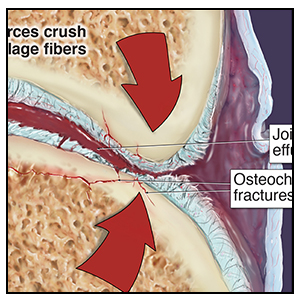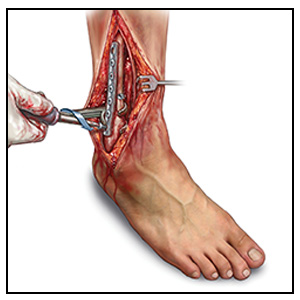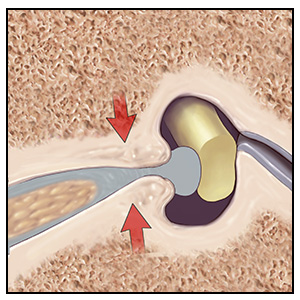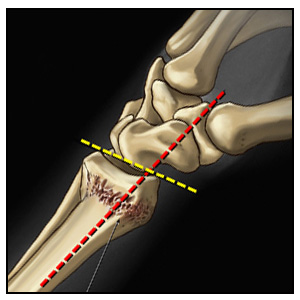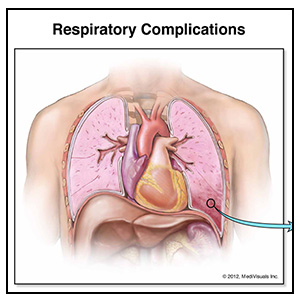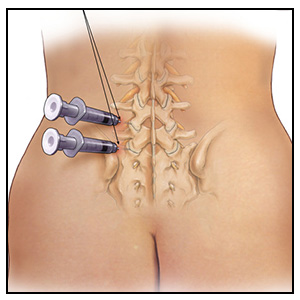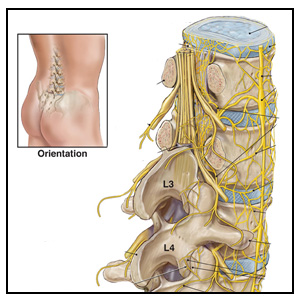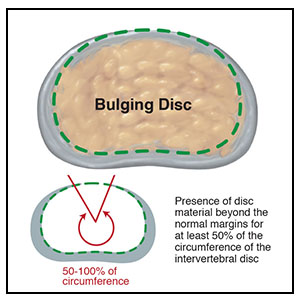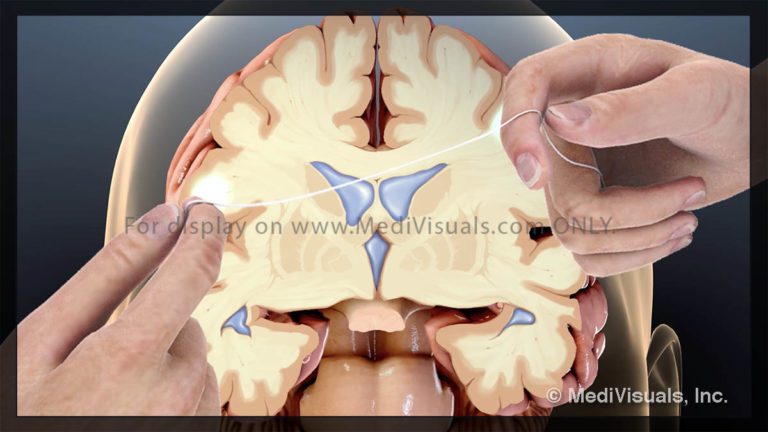Breaking Down Traumatic Arthritis
By: Robert L. Shepherd MS, Certified Medical Illustrator, President & CEO, MediVisuals Inc.® Fractures can result in several long term or permanent complications that can necessitate additional surgical procedures. One of the most common long term debilitating complications is traumatic arthritis.Traumatic arthritis can affect almost any moveable joint in the body. To explain traumatic arthritis…

